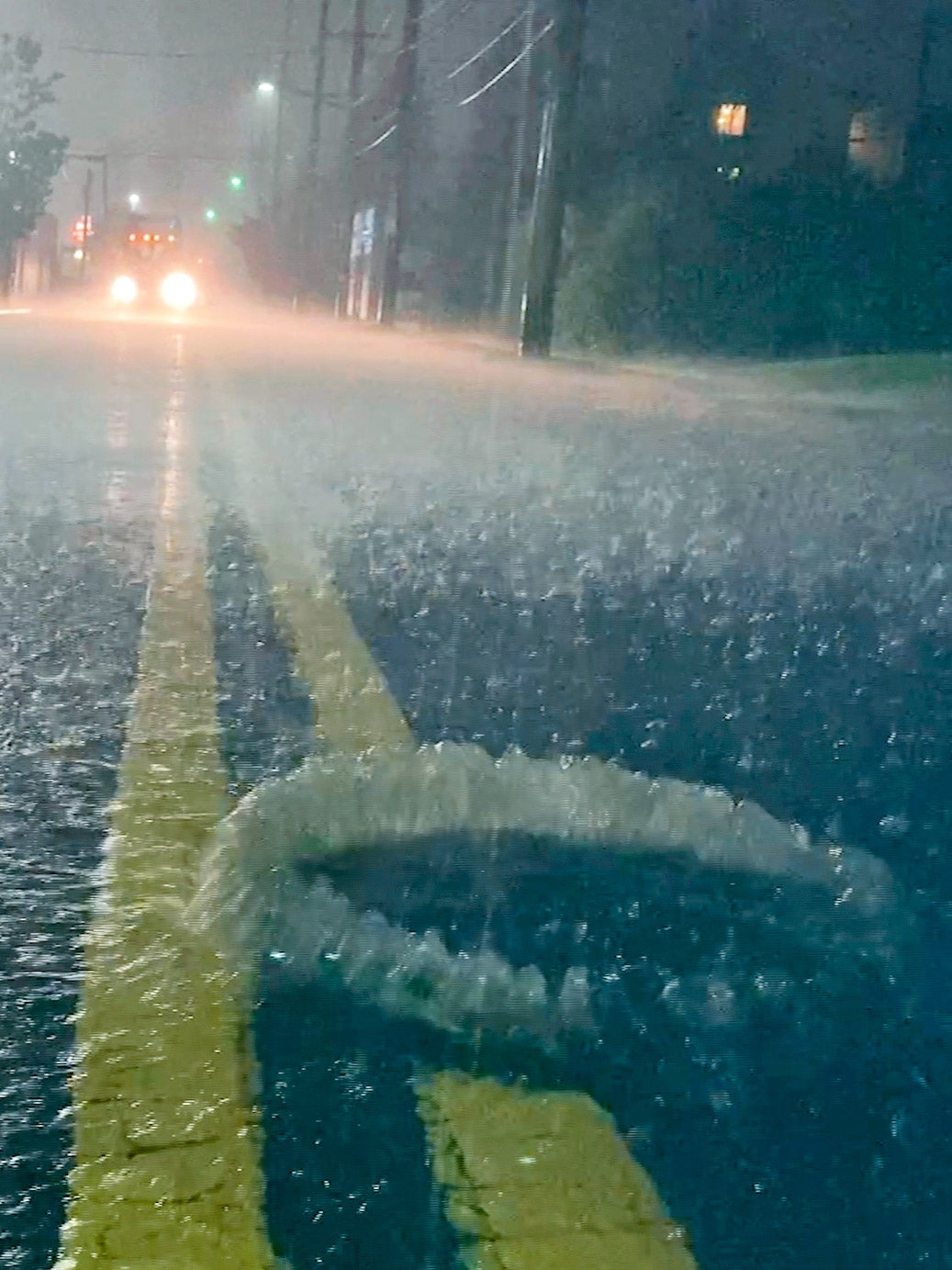
Opinion
Superbugs and hurricanes
In October, Florida broke a malefic record: the number of confirmed cases of Vibrio vulnificus, better known as flesh-eating bacteria. Since Hurricanes Helene and Milton clobbered the state’s Gulf Coast, public health officials have confirmed 80 infections and 16 deaths.
Elsewhere, the bacterial consequences of these storms are preventing access to safe drinking water. More than 150,000 households in North Carolina were still living under boil-water notices nearly a month after Helene, and the Environmental Protection Agency detected E. coli in 30 percent of 900 private wells it tested in the storm-ravaged state.
Each major hurricane that has made landfall in recent years has had infectious fallout. Florida’s previous record for flesh-eating bacterial infections came after Hurricane Ian. Hurricane Maria resulted in a spike of leptospirosis in San Juan, Puerto Rico, especially for people who lived near a large, heavily polluted canal. Hurricane Harvey sent at least 31 million gallons of raw sewage streaming into Houston’s neighborhoods and was associated with a rise in deadly invasive mold infections and alarming levels of antibiotic-resistant bacteria found in flooded homes.
Sign up for Harvard Public Health
Delivered to your inbox weekly.
It is painfully evident that our antiquated stormwater and sewage systems cannot manage the downpours, tidal surges, and rising sea levels that climate change is delivering, and this situation strongly favors bacteria. This trend disproportionately affects poor and vulnerable communities, amplifying equity and justice concerns, and the repercussions will be dire if we do not better prepare.
Properly treating wastewater and stormwater is a pillar of public health, one imperiled by our collective lack of maintenance. We must modernize sewage infrastructure in hurricane-prone regions to mitigate the risk of infections. But doing so will require years of planning and negotiating before a shovel breaks ground. Complicating matters are the millions of private septic tanks in backyards across the country that are both teeming with human waste and prone to flooding. As one expert told The Washington Post, these septic tanks are “ticking time bombs.”
We need immediate strategies to mitigate the risk of infections before, during, and after hurricanes.
One practical step is clearly communicating the risk to those in a storm’s path. Florida health officials should be commended for their efforts ahead of Helene and Milton; they emphasized the danger of exposing open cuts or sores to floodwaters. Similarly, residents mucking out their flooded homes should follow the state’s emergency management agency recommendations for keeping proper protective equipment such as gloves, boots, and respirator masks in their kits. In the pathogenic aftermath of Hurricane Maria, lack of basic safety equipment increased infection risk during clean-up efforts.
It will help to expand and enhance wastewater monitoring programs deployed to track levels of COVID-19. A team led by Anthony Maresso at Baylor College of Medicine is using novel sequencing technologies to track all known human and animal viruses in a single test, and these technologies can be adapted to include bacterial threats. The current technology is being used across Texas and has the potential to be inexpensive enough to use in low- and middle-income countries. When antimicrobial resistance detection is added, such a system can inform public health authorities in real time about a wide range of hazards, including the emergence of drug-resistant pathogens. Knowing what specific threats lurk in the sewers before those systems fail and then flood homes could enable public health agencies and local health systems to better tailor their response plans. It could also guide physicians in each locale to use the most effective antibiotics to treat infections that arise in their area.
It is imperative that clinicians in flooded areas have access to effective antibiotics, not just a few old generics that may not be appropriate for the situation at hand. If a hurricane triggers a localized outbreak of a drug-resistant pathogen, the results could overwhelm entire health systems. Project BioShield, a federal initiative aimed at supporting the development and procurement of medical technologies that could be needed in the wake of certain disasters, should be expanded to include the threat of drug-resistant infections, and we should ensure the Strategic National Stockpile can directly procure and manage advanced antibiotics and antifungals so that they can be rapidly made available to communities in need.
This year’s hurricane season isn’t over yet, and it’s likely that Florida will record more cases of flesh-eating bacteria. The patients suffering from those infections—and families who lost loved ones to them—will not soon forget the ways in which a hurricane affected their health. Neither should we.
Image: A utility hole cover bubbles open in a road flooded by the remnants of Hurricane Ida in Rutherford, New Jersey in September 2021. (Ted Shaffrey / AP Photo)


